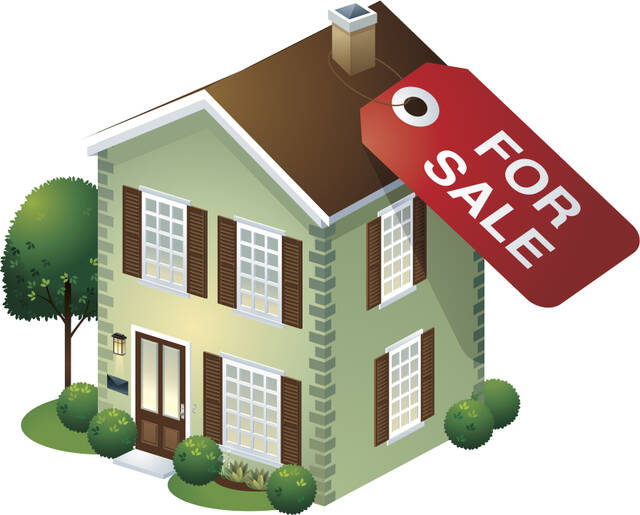The numbers: U.S. existing-home sales fell 0.7% to a seasonally adjusted annual rate of 4 million in January, the National Association of Realtors said Tuesday.
This is the 12th straight monthly decline in existing-home sales. The 12-month losing streak is the longest since NAR began tracking sales in 1999.
Economists polled by the Wall Street Journal were expecting existing-home sales to drop to 4.2 million.
The level of sales activity was lowest since October 2010.
Compared with January 2021, home sales were down 36.9%.
The 12-month consecutive decline in single-family existing-home sales is also the longest in a row since 1968.
Key details: The median price for an existing home rose 1.3% to $359,000 in January.
The number of homes on the market rose 2.1% to 988,000 units in January.
Expressed in terms of the months-supply metric, there was a 2.9-month supply of homes for sale in January, unchanged from the previous month. Before the pandemic, a four or five-month supply was more the norm.
Homes remained on the market for 33 days on average, up from 26 days in December. Pre-pandemic, the average time for homes to remain on the market was a month.
Sales of existing homes were mixed across the country, falling in the Northeast and Midwest, but rising in the South and the West.
All-cash transactions made up 29% of all transactions. About 31% of homes were sold to first-time home buyers, similar to the from the previous month.
Big picture: The housing market can’t catch a break.
The sector has been feeling pain for months as rates and prices continue to make homeownership unaffordable, and the recent sharp rise in mortgage rates is only likely to keep the market in a standstill.
As of Tuesday morning, the 30-year is at 6.8%, according to Mortgage News Daily. So it’s likely that these sales numbers will go back down in the near-term.
What the realtors said: “We are pretty much bottoming out,” Lawrence Yun, chief economist at the National Association of Realtors said.
“It seems like half of the country is experiencing price declines… [but] I think the price decline will feel short in duration and modest,” Yun added. He said expensive markets in California, and ones that saw a big run-up in prices like Austin and Boise may see declines of bigger magnitudes.
Yun also added that the country “needs more supply,” as demand comes back to the market slowly.
What are they saying? “The details of the report are weak all over, once again,” Jefferies analysts wrote in a note.
“The housing market is taking a long time to fully cool, though there is still more pain to come,” they added.
By – Aarthi Swaminathan






